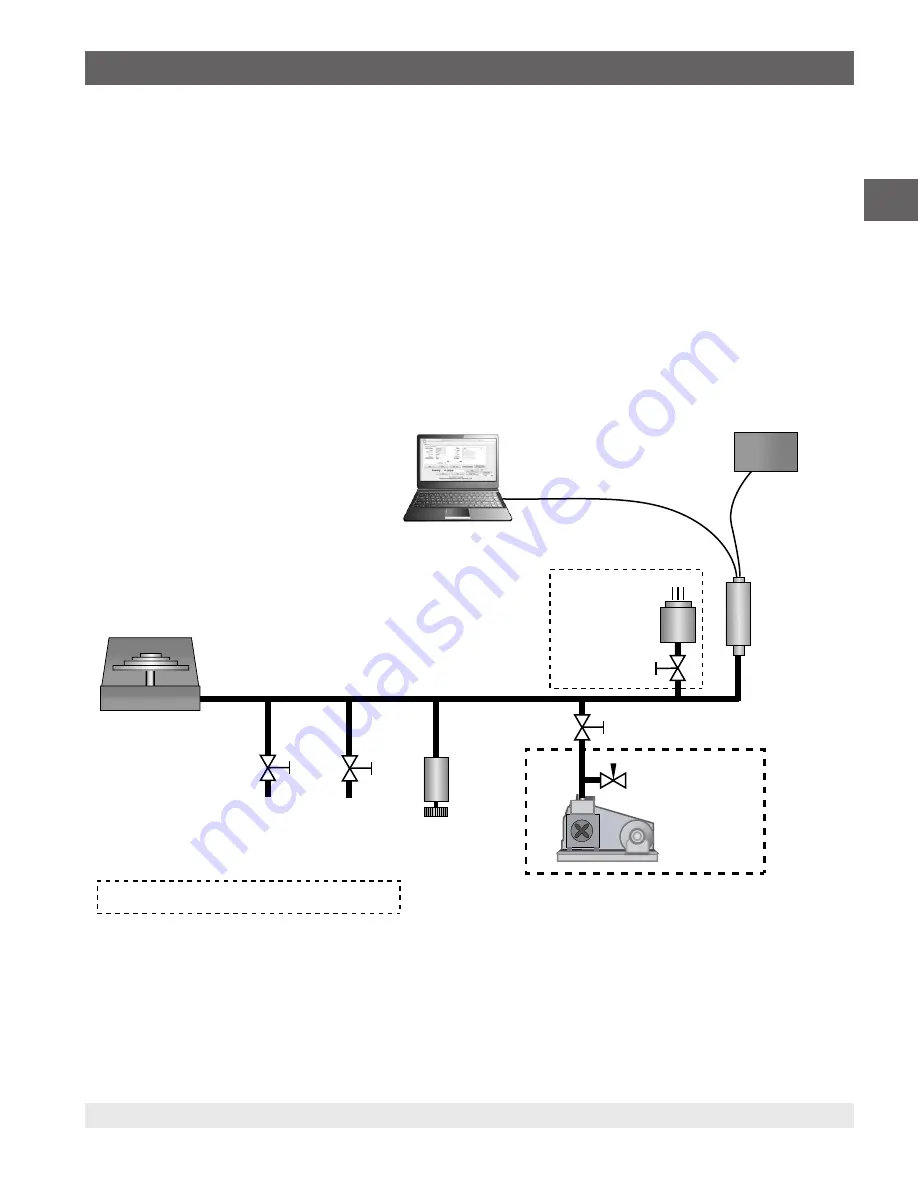
25
WIKA operating instructions process pressure transducer, model CPT6020
0020507001F 05/2019 EN
EN
7.2.2 Environment
For maximum accuracy, allow the CPT6020 to warm up a minimum of 15 minutes in ambient temperature within the compensated
range prior to a calibration. In addition, the instrument should be at rest on a stable platform that is free of excessive vibration,
shock and with minimal temperature change.
7.2.3 Pressure Standards
Mensor recommends the use of appropriately accurate primary pressure standards when calibrating this instrument. Such
standards should be sufficient so that when the techniques of the ISO Guide to the Expression of Uncertainty in Measurement
(GUM) are applied, the instrument meets its accuracy statements as required by ISO/IEC 17025:2005, or other applicable
standards.
7.2.4 Media
The recommended calibration medium is dry nitrogen or clean dry instrument air. For ranges above 5 psi any liquid media
compatible with 316L SS is acceptable. A reference height variation between the standard and the CPT6020 can cause errors. A
calculation should be made to compensate for this difference.
7.2.5 Setup
The schematic in Figure 7.2.5 shows a typical setup used to calibrate the CPT6020
.
Deadweight
Tester or
Primary
Standard
Power
Supply
Absolute
Diaphragm
Capacitance
Gauge
Transducer
Under Test
Vent
Supply
P - V
Controller
Vacuum
Pump
Communication
Objects in the dashed preimeter are only needed
for sub atmoshheric pressure points.
Needle
Valve
Figure 7.2.5 - Calibration Setup
When calibrating absolute transducers and approaching very low absolute pressures, you must use a needle valve or controlled
leak to maintain a small pressure (600 mTorr, 80 Pa recommended) throughout the system. If you try to run calibration points
below that pressure, the system will have significant pressure gradients in it unless left to stabilize for an extended period of time.
Maintenance and Recalibration










































